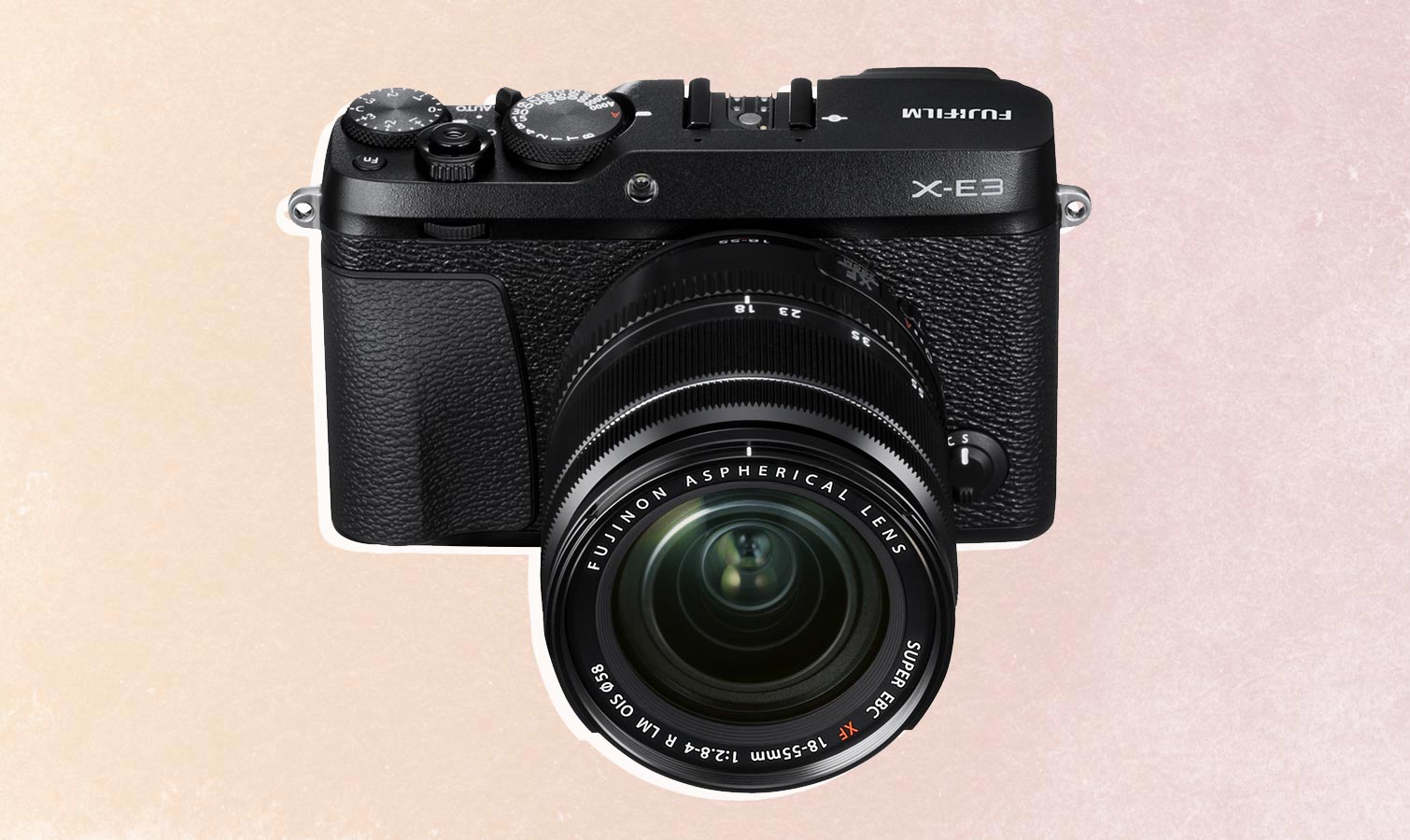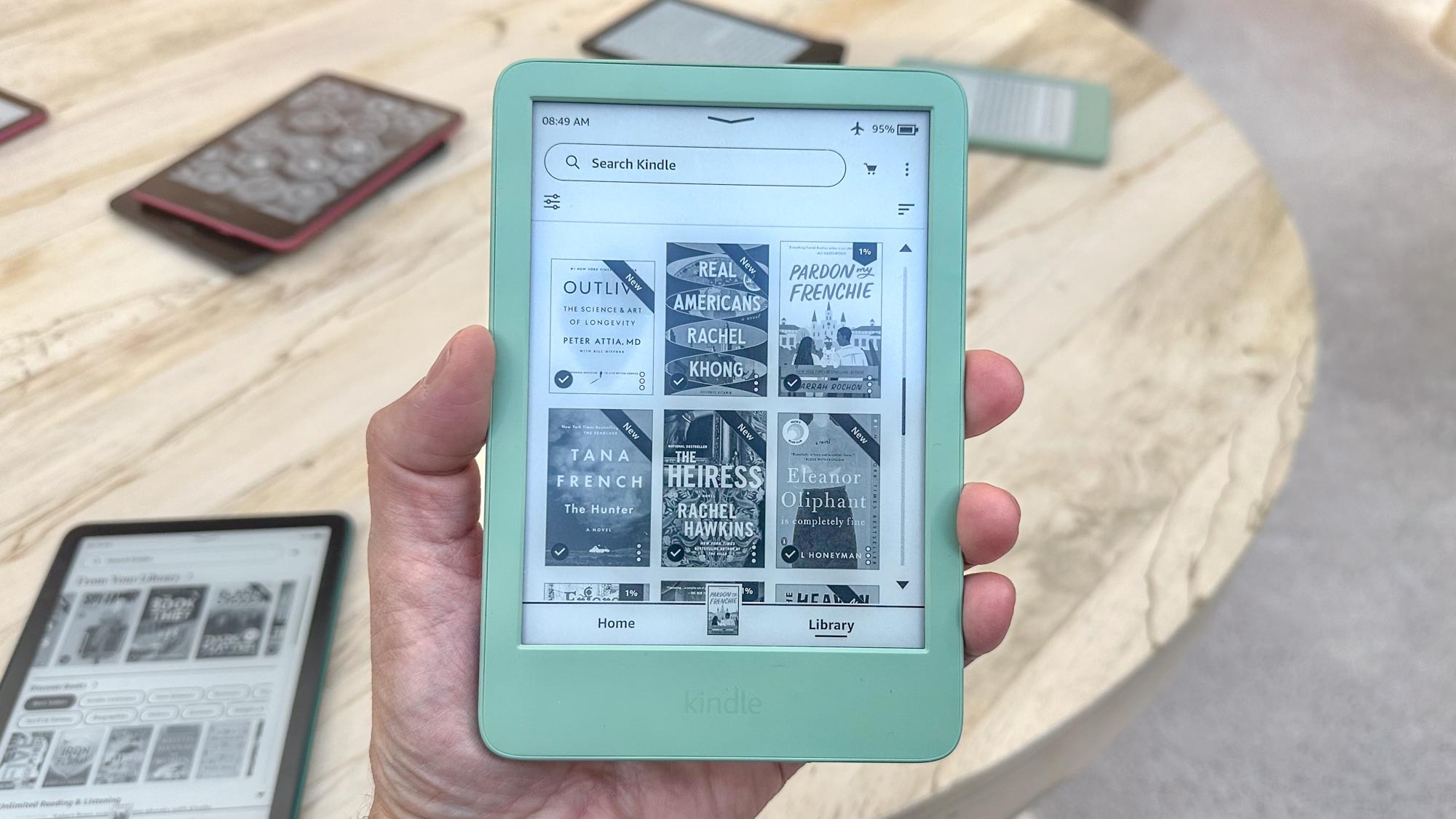Tom's Guide Verdict
This Fujifilm mirrorless model produces fantastic photos, but there's a bit of a learning curve, and video feels like an afterthought.
Pros
- +
Great photo quality, especially in low light
- +
Lots of options
- +
Nicely designed flash
- +
Pleasing retro camera-body design
- +
Easy-to-use mobile app
Cons
- -
Steep learning curve
- -
Menus and placement of controls could be better
- -
Video features seem like an afterthought
- -
Touch screen does not swivel
Why you can trust Tom's Guide
Proudly retro, the Fujifilm X-E3 bucks the design trend of smaller, compact mirrorless cameras that include few physical controls and rely on touch screens to access many settings. Just pick up the X-E3 in your hands, and you can feel what makes it distinctive by running your fingers over the textured surface of its camera body or across the series of dials, switches and buttons.
The X-E3 does have some shortfalls, however, including its learning curve, which may frustrate some novices who are stepping up from using a smartphone. It's also more expensive than other very competitive models in its class, including the Sony a6000. Yet, for most shots, the X-E3 produced excellent still photos and very good video, even in low light.
Design, Controls and Features
The old-school rangefinder-like design is conspicuous on the X-E3, which will appeal to some photographers more than others. Nevertheless, such a design makes the camera easy to hold and also keeps it steady, which is important when you're shooting in low light. Another benefit to an old-school camera is the presence of lots of physical knobs and controls, which makes it easy for users to dive into the menus and select settings.
The X-E3, which weighs just under 12 ounces and measures 4.8 x 2.9 x 1.7 inches, has a lot in common with the Sony a6500 (4.8 x 2.8 x 2.1 inches and 1 pound); for example, both offer lots of physical buttons and controls to access settings.
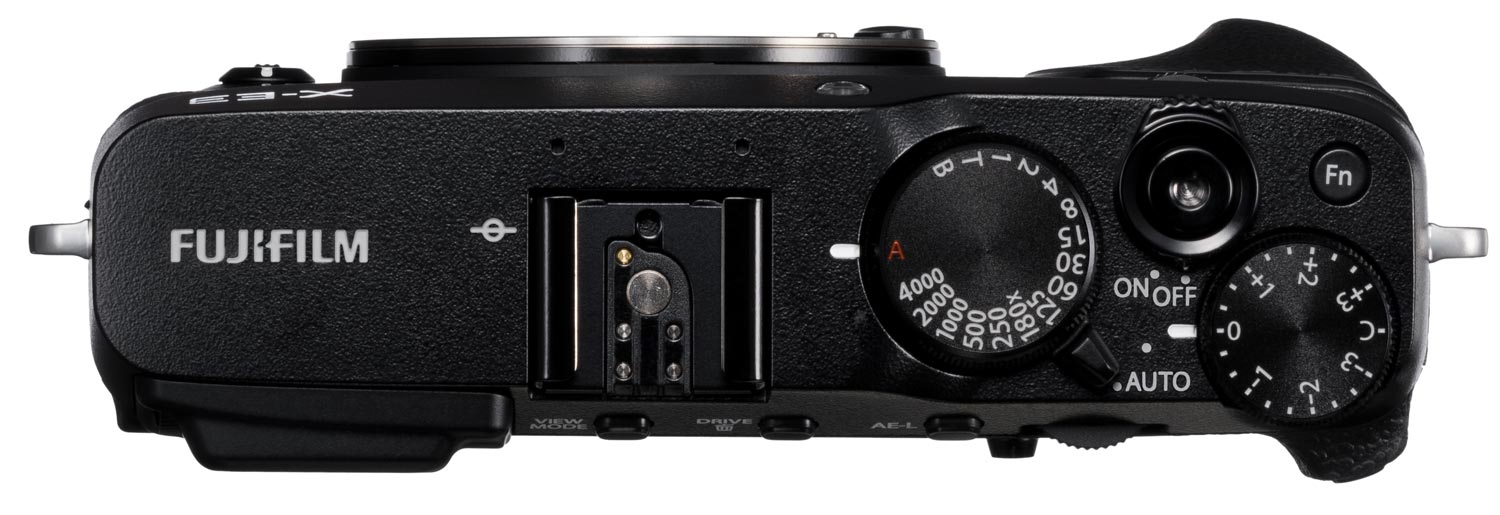
Both cameras also share some negative qualities. For example, some of the organizational elements that hamper the a6500 are also a problem with the X-E3. It's easy to get lost in the labyrinth of menus, although in the X-E3's case, the camera confusingly gives you access to various settings in three different sections of the camera: the menu button, the drive button or the Q button.
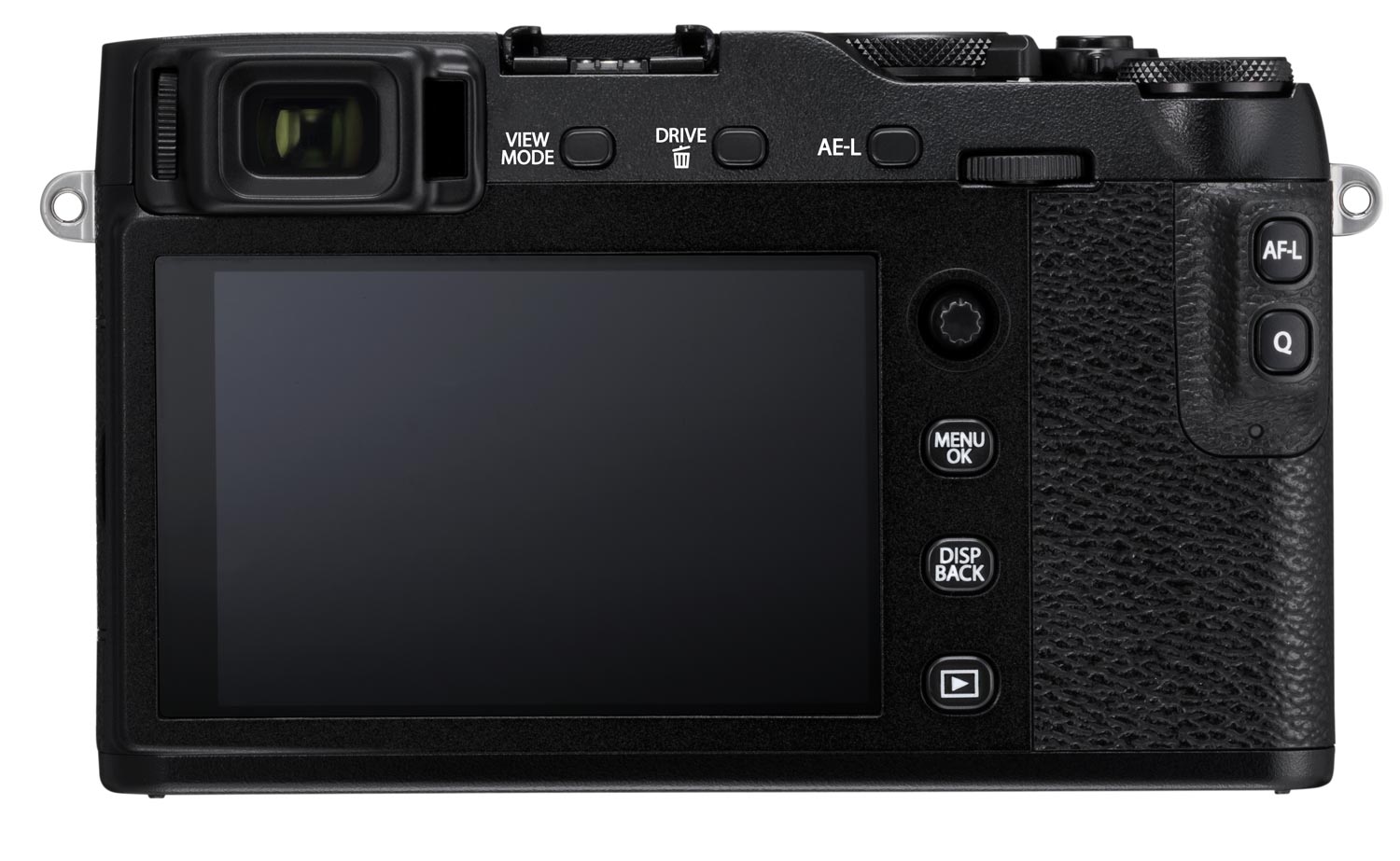
A glaring omission: There's no dedicated video button. I don't know about you, but in many cases, when I'm capturing events with family and friends, I'm constantly switching between hitting the video record button and quickly firing off a group of still photos, and then back again.
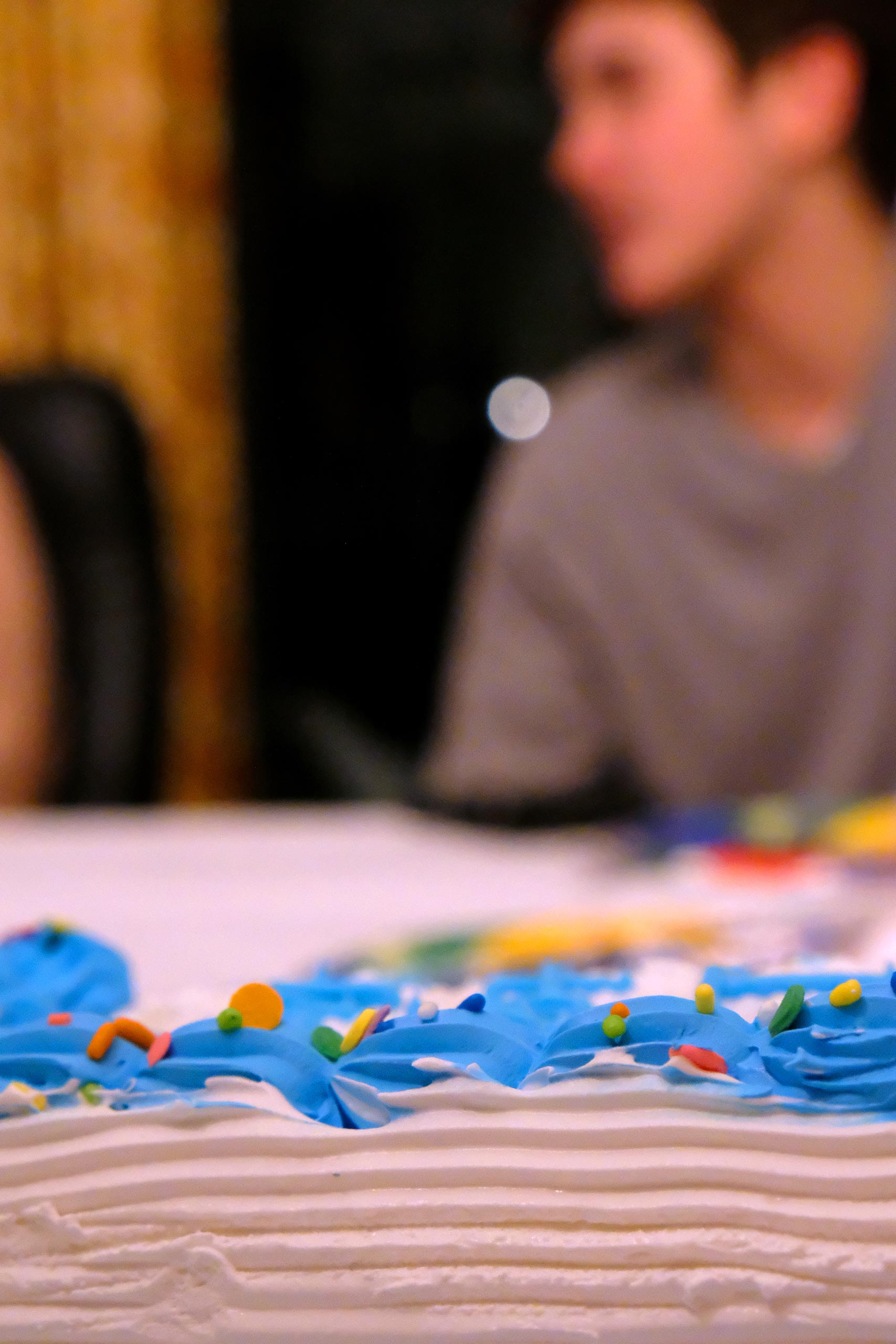
Overall, both the 2,360K-dot OLED color viewfinder and the 3.0-inch, 1040K-dot touch screen LCD worked very well. And just like on the Canon EOS M100, you can snap or focus your photos by touching the X-E3's display. However, the X-E3's touch screen does not swivel, which also feels like a miss, especially at this price.
Get instant access to breaking news, the hottest reviews, great deals and helpful tips.
A glaring omission: There's no dedicated video button.
For the most part, the build of the camera body and even the kit lens feels solid and sturdy. And while it's a bit confusing at first to figure out where settings are, it is a camera that you can grow into.
MORE: Best DSLR Cameras From Beginner to Pro
One solution would be to add a help section to the menus, or at least include some captions for those who don't know what "photometry" is or are confused when they see "AE BKT." Such help settings would give users a better initial experience when using the camera.
Image Quality and Performance
What makes the Fujifilm X-E3 mirrorless camera stand out is its excellent 24.3-megapixel X-Trans CMOS III image sensor and very capable, solidly built XF18-55mm f/2.8-4 R LM OIS Fujinon kit lens.
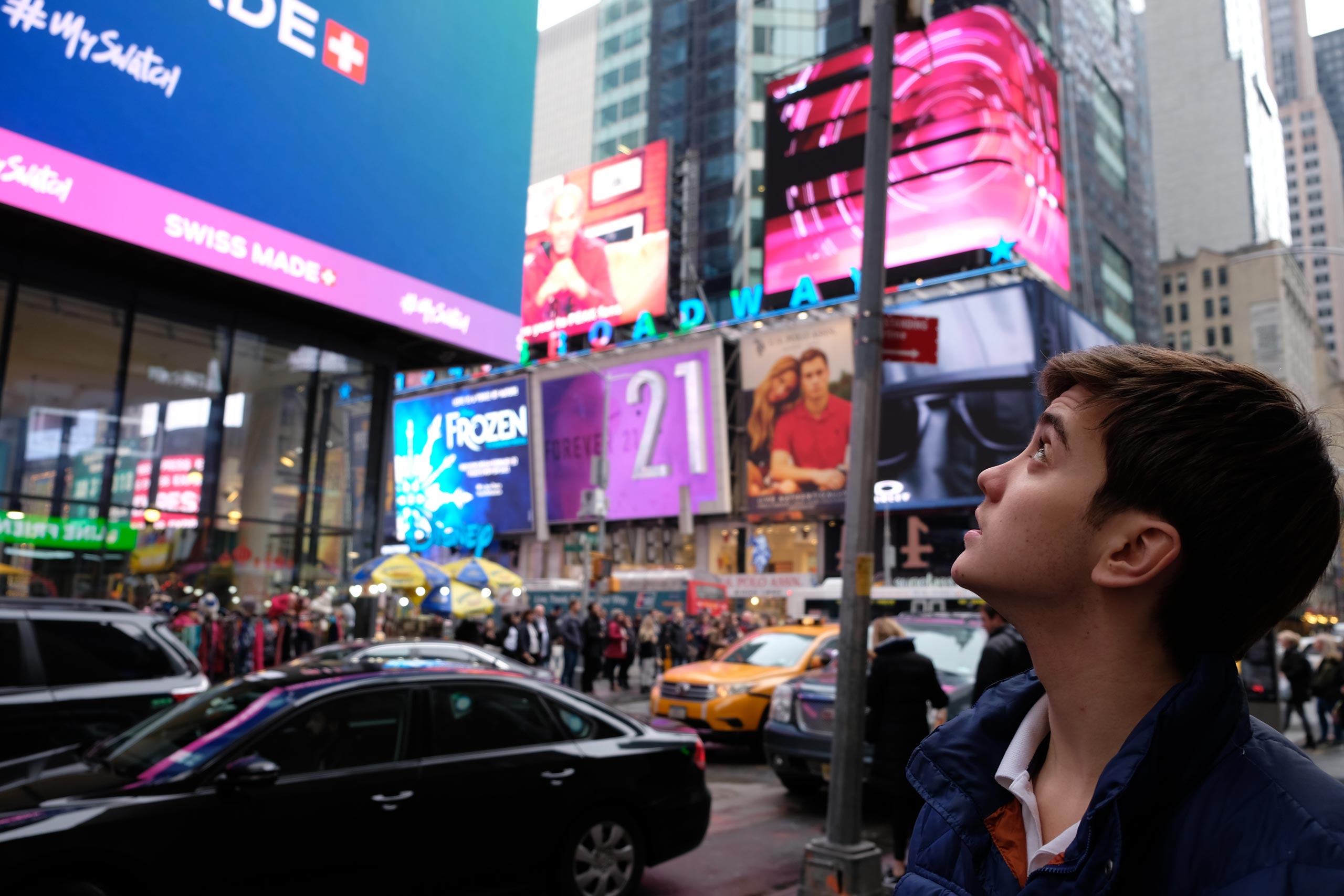
The combination of the two provided the flexibility and range to allow me to shoot in some pretty challenging light conditions, such as subjects who were in very low light but were illuminated by candles on a birthday cake, and figures in a science museum that featured color light displays. Even in these two settings, the X-E3 could properly render the scene in accurate detail and dynamic range, even using very high ISO settings.
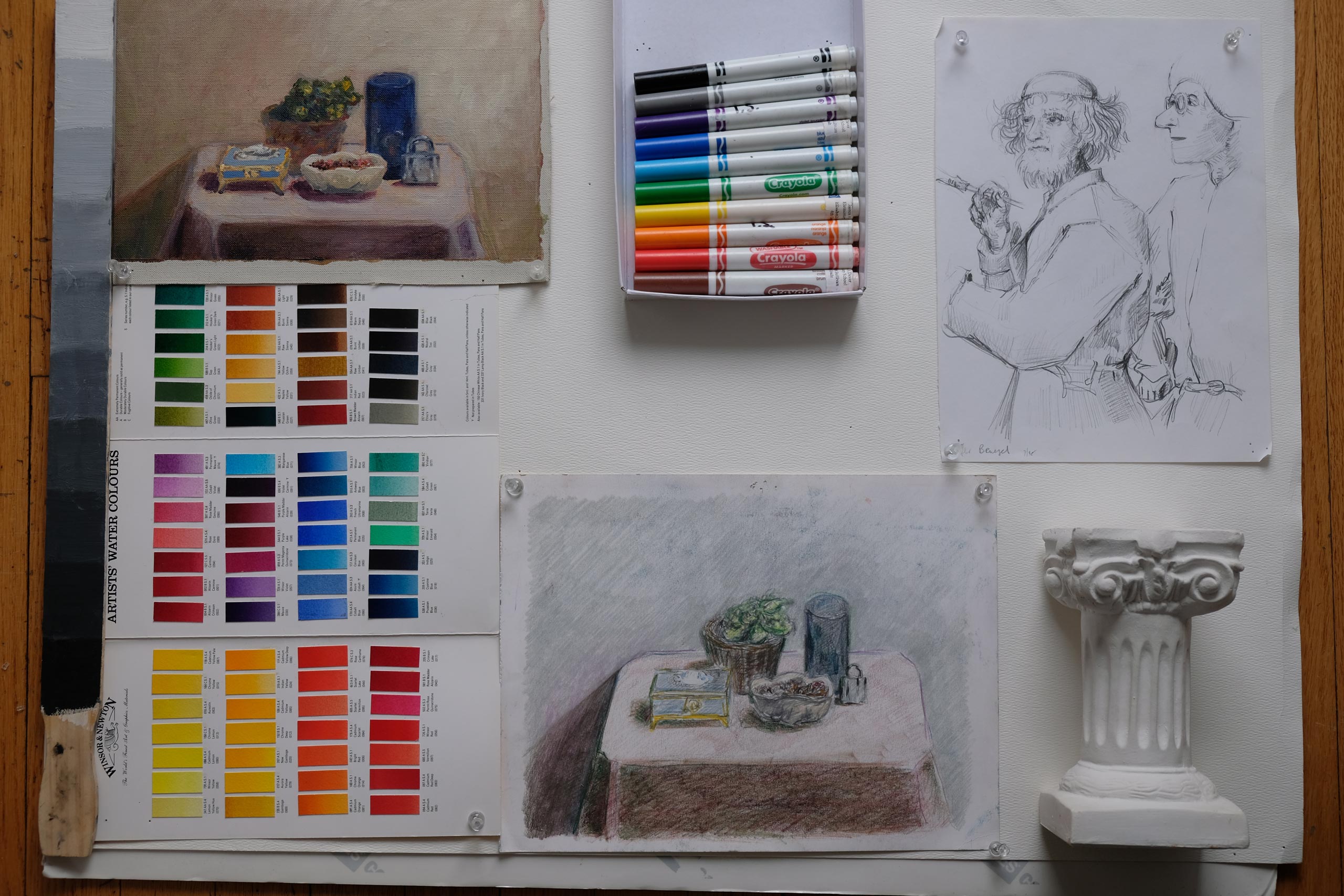
In bright light, the X-E3 performed exquisitely, providing very colorful, detailed images. In my test shot, the X-E3 captured even my very lightest pencil sketch marks on the copy of a Bruegel painting and the texture of the watercolor paper. Most of the details were rendered accurately, and hues were also accurate and vibrant. Dynamic range in most cases looked quite good, but in some real-world settings, some of the brightest highlights were blown out.
MORE: DSLR vs. Mirrorless Cameras: Which Is Better for You?
The X-E3 performed very well in low light. For example, the camera delivered accurate results in this test shot, which included various color swatches, textured fine-art images, a gray scale chart and still-life objects. I particularly liked how the X-E3 reproduced the gray-scale chart, in both tone and the subtle textures of the paint.
I was very impressed with the included compact flash. It's very compact, yet surprisingly powerful.
The low-light setting required a much higher ISO than the bright-light image, which meant some image noise and grain were introduced into the scene. Yet, the overall quality and character of the still life were left intact. Tonal values still looked solid, and colors were fairly accurate. I liked how I was able to recover a detail and color when adjusting the RAW-file version of the low-light image, which I worked on in Photoshop.
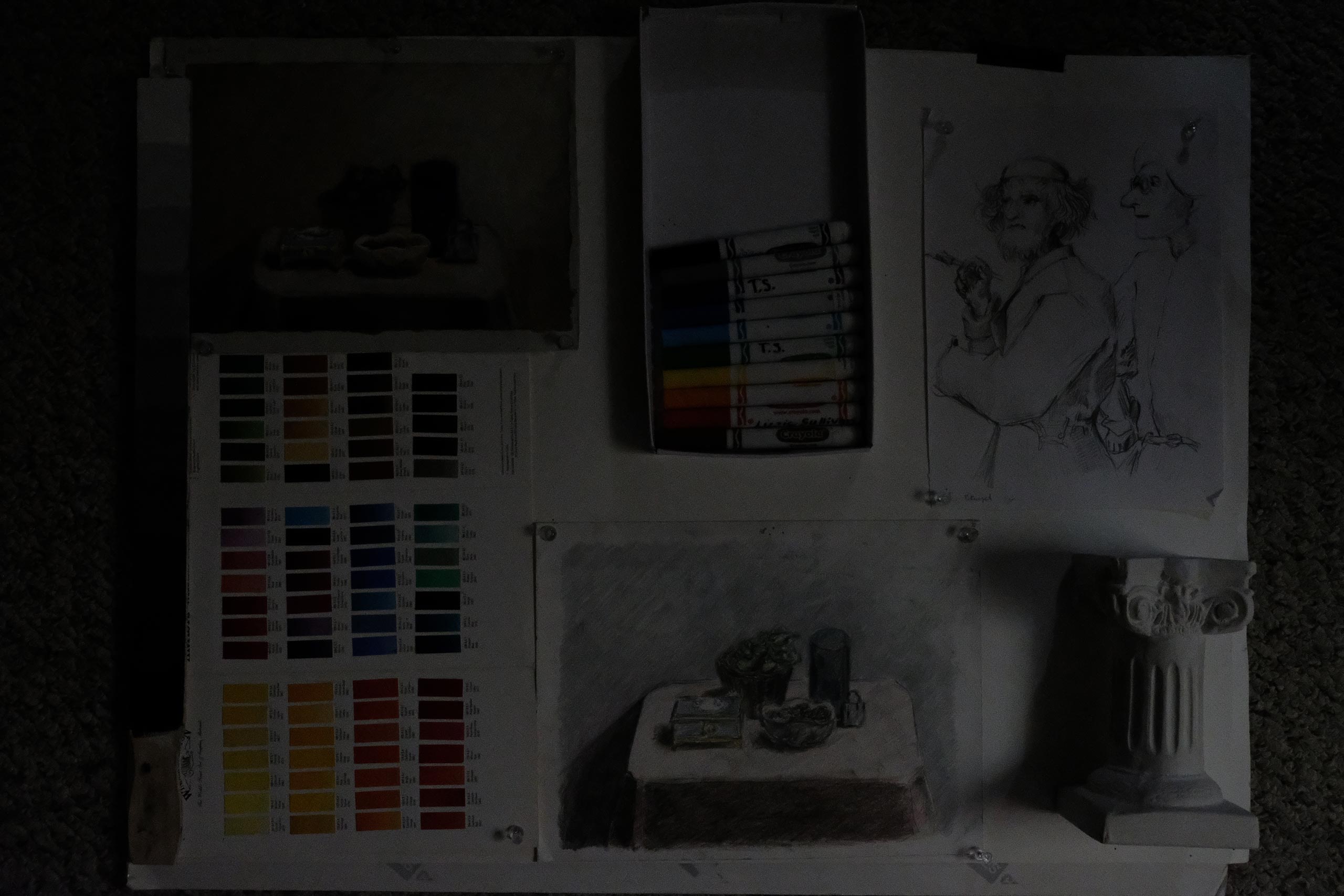
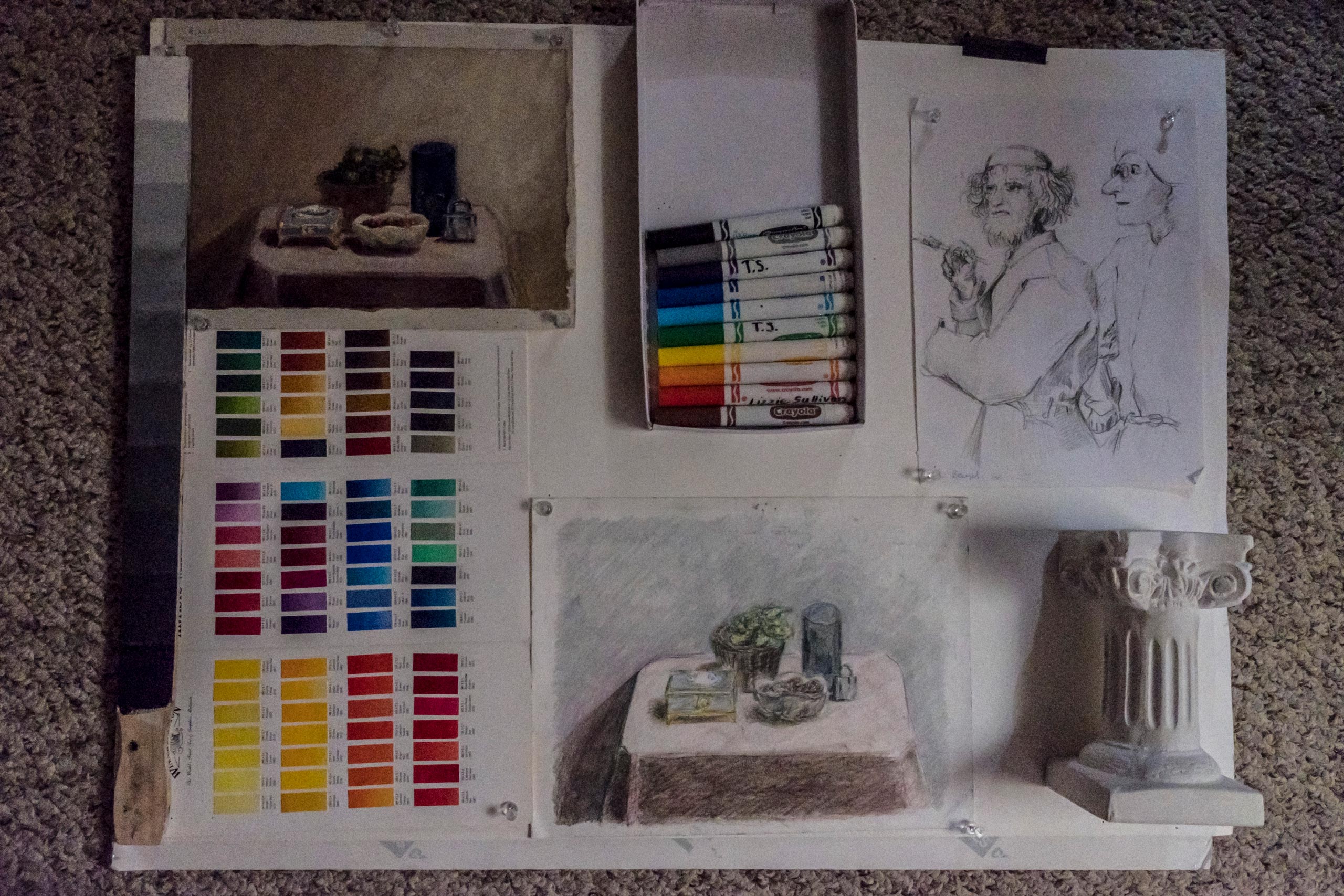
The X-E3 includes many versatile features that performed as expected, including bracketing tools for auto exposure, ISO, film simulation, white balance and dynamic range. The camera also lets you vary the number of bursts per second. However, when shooting in a combination of RAW (uncompressed) and JPEG (in best quality), the rapidburst of stills did not last all that long. In other words, the frames per second may be captured quickly (at 5 or 8 fps), for the first several seconds, but then the rate slows down to around 1 frame per second. (This is because the camera's buffer is full and slows the process down.)
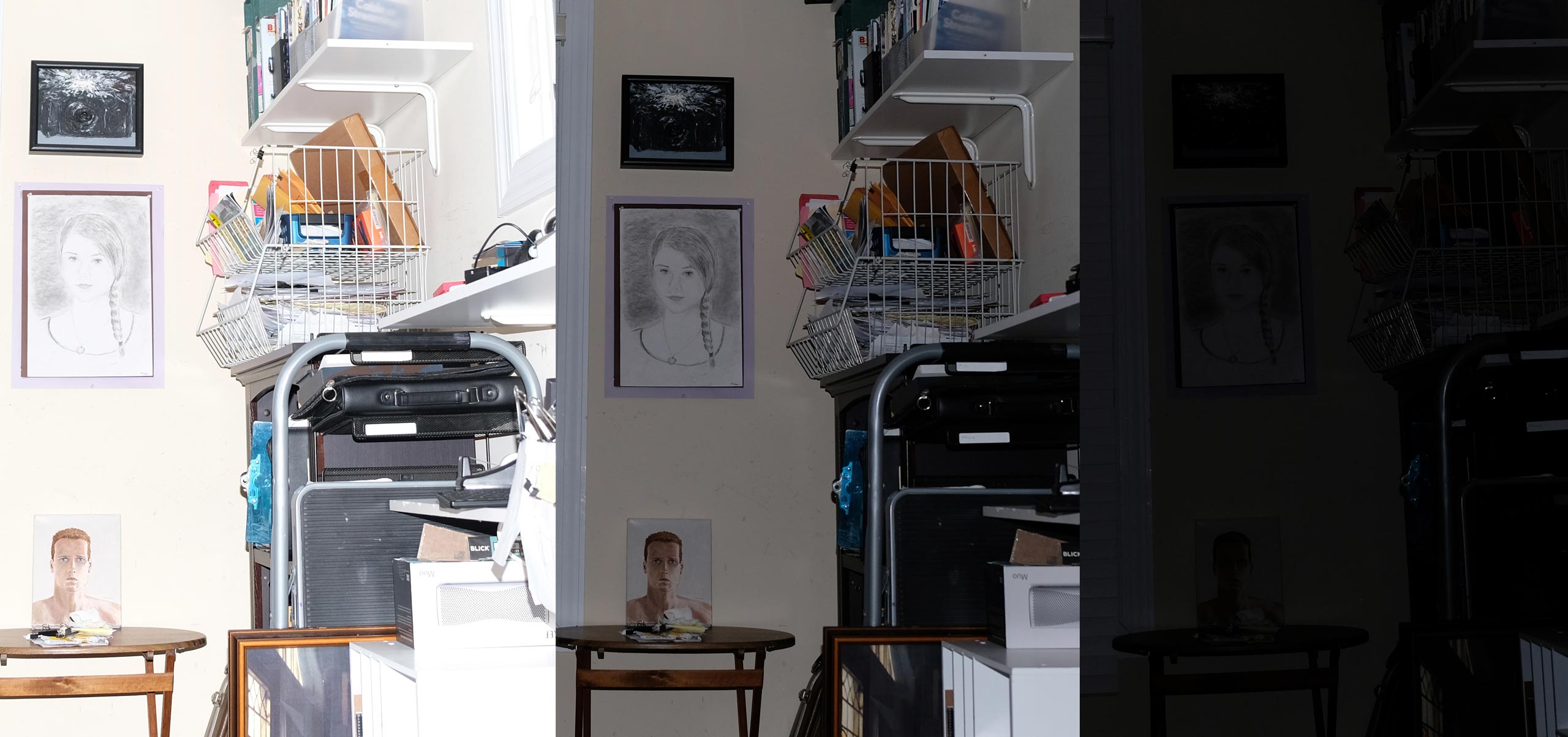
I was very impressed with the compact flash (the EF-X8, included with the camera), which fits into the X-E3's hot shoe. It's very compact, yet surprisingly powerful. It has some limitations, but you have a tremendous range in the output of the strobe (see the sample photo shot at three different manual settings on the flash). It's another element included with the X-E3 that makes it well worth the price.
Video Quality
Like many advanced cameras, the X-E3 is capable of capturing 4K-resolution video, like the Sony a6300 and a6500, but it can also shoot full-HD resolution video at 60p or 30p. As is the case with most models in its class, the X-E3's footage gets somewhat noisy at its top ISO of 51,200, but the noise wasn't that garish or overly distracting.
However, the video features on the X-E3 could have been more robust. Although the quality of the video is decent, the overall implementation of video on this camera feels like an afterthought. For instance, there's no dedicated video button to let you quickly begin video capture. Also, when I moved the camera from low light to bright light (or vice versa), or attempted to have the camera autofocus from a distant object to a closer object (or vice versa), the camera adjusted more slowly than I would have expected.
There's no slow-motion capability, or the ability for photos shot with the interval-shooting feature to be converted in the camera into a time-lapse video.
Wireless Sharing
I was impressed with how well Fujifilm's wireless app worked and how quickly I was able to set it up. The app and on-camera features worked flawlessly and intuitively.
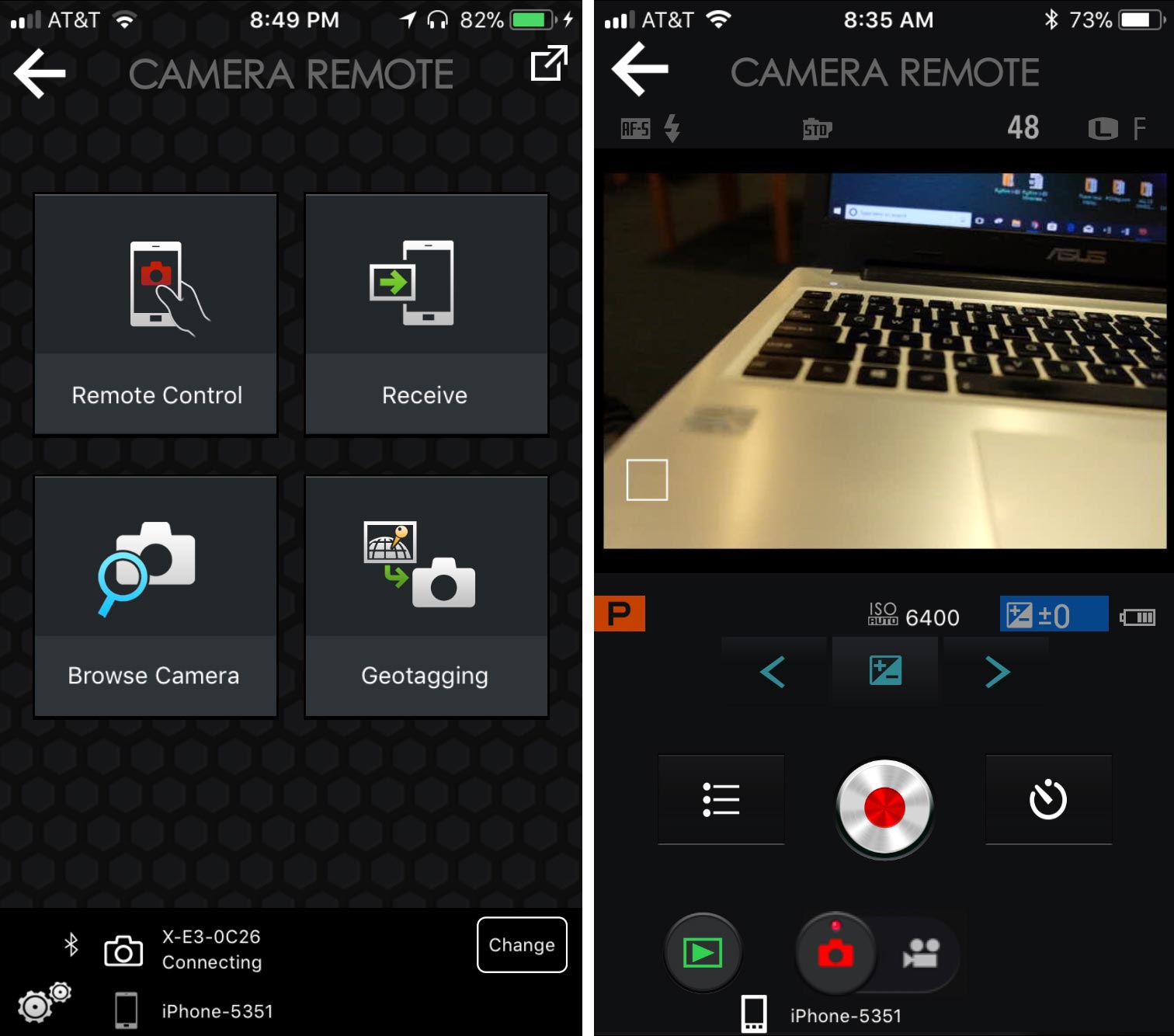
The app's interface has a clean design, and the main sections are clearly labeled and easy to read. In the Remote Control section, I really liked how I could quickly adjust a variety of controls, including focus, shutter speed, aperture, exposure compensation and ISO sensitivity. I could also toggle between shooting photos and capturing video.
I was impressed with how well Fujifilm's wireless app worked and how quick it was to set up.
Also, while using the mobile app, if the camera and phone were going to be disconnected, a popup message indicated what was going to happen. I didn't have to guess! The mobile app allows you to choose from three other options besides remote control, including receive, browse camera and geotagging. All features worked well and as expected.
Battery Life
Fujifilm claims that the X-E3 can shoot about 350 shots in standard mode (according to CIPA standards), which is more shots than you'll get with the Sony a6000. But in the power-management menu settings, if you change the performance setting from standard to high performance, the number of shots drops to 260.
MORE: Camera Recommendations for All Kinds of Photographers
For shooting video, the X-E3 can shoot 60 minutes of HD video or 50 minutes of 4K video, or for continuous shooting, about 95 minutes of HD video or 70 minutes of 4K video.
Lenses
Since Fujifilm has been in the mirrorless market for some time, it's built up a fine selection of compatible lenses. The company has also just recently introduced the Fujinon XC15-45mm F3.5-5.6 OIS PZ, its first electric-powered zoom lens, for producing a smooth zooming motion when shooting movies.
Bottom Line
Because of the X-E3's learning curve, novices may initially have a hard time with this mirrorless camera. However, most photographers will appreciate its high-quality still photos and videos. Still, we prefer the Sony A6500, as that camera makes it much easier to shoot video, with equally impressive results. But overall, the Fujifilm X-E3 is a powerful and versatile mirrorless camera that will allow you to expand your creative potential.
Credit: Terry Sullivan/Tom's Guide
Terry Sullivan is an experienced technology journalist who has covered consumer electronics including cameras, smartphones, audio tech and software among many other things. His work has appeared in the likes of Consumer Reports, PCMag, Lifehacker, and the New York Times and he is also a teacher, photographer, artist, and musician.
